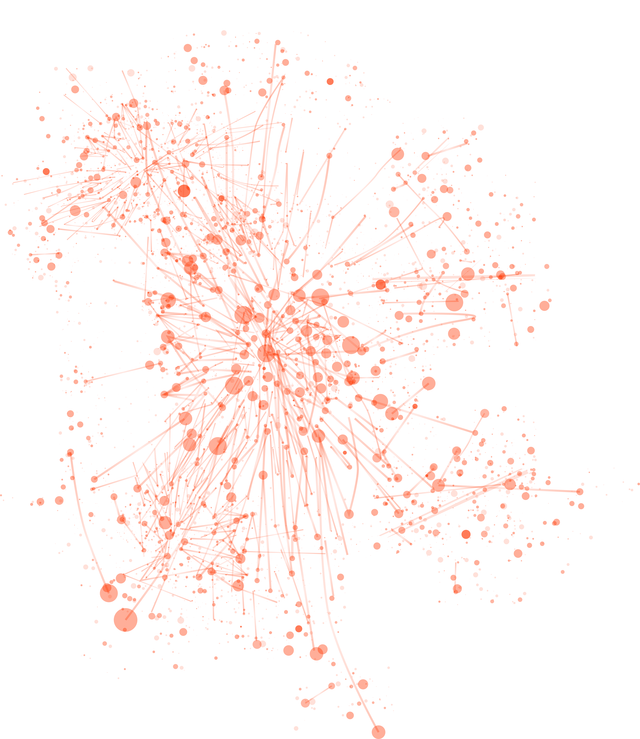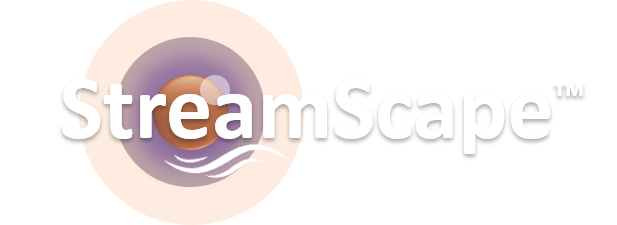Knowledge graphs can capture information about the world in an intuitive way that is often easier to understand, navigate and use than other data models. They provide data discovery, search and analysis using a common, SQL-like syntax. A knowledge graph combines data models and semantics, connecting information from disparate sources, and letting users make beter decisions by finding relevant information faster.
Links between graph entities may be defined as semantic types, allowing users to query data by their relationships instead of matching values. Relationships can be direct or based on Semagraph lookups, Text Search, Classification models, or Inference Query offering a variety of powerful techniques for graph building. Knowledge Graphs address the following data integration challenges:
1. Combine Data from Disparate Silos or Sources
2. Bring Together Structured and Unstructured Data
3. Make Better Decisions by Finding Things Faster
Graph links may be direct or inferred based on Semagraph Indexes. Explains Latent or direct Semantic Attribution..
What Problem Does This Solve?

Knowledge Graphs are the essential value creating components of a Data Fabric- The Gartner Group
Graph links may be direct or inferred based on Semagraph Indexes. Explains Latent or direct Semantic Attribution..
Knowledge graphs can drive business impact in a variety of different settings including:
Drivers
Digital workplace (e.g., collaboration, sharing and insight). ■
Automation (e.g., ingestion of data from content to RPA). ■
Machine learning (e.g., augmenting training data). ■
Investigative analysis (e.g., law enforcement, cybersecurity or financial transactions). ■
Digital commerce (e.g., product information management and recommendations). ■
Data management (e.g., metadata management, data cataloging and data fabric).
A data fabric is a modern data architecture that accelerates new and emerging business use cases such as customer 360, customer intelligence, fraud detection, and advanced analytics. To best enable the data fabric, a semantic model is necessary to associate all related data, source agnostic, with a common language any person can understand. The knowledge graph blends data models and semantics to make all data and content readily consumable.
Data Fabric
